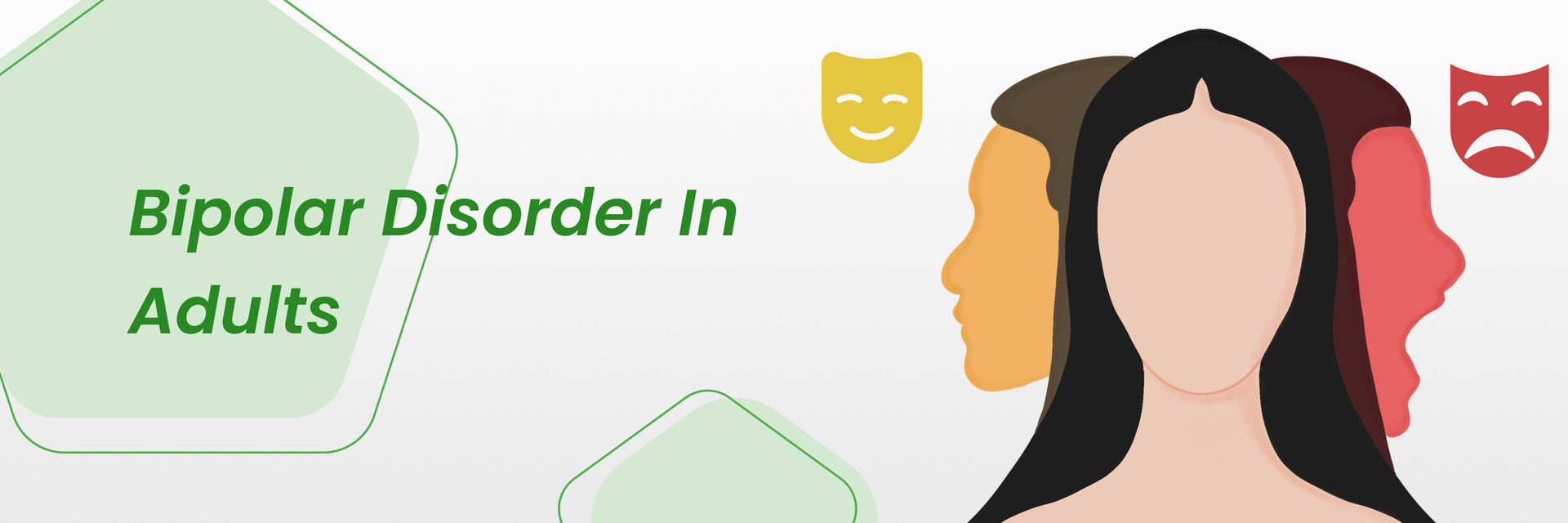Overview
Pain lives in silence. It wakes you at 3 AM. It limits what you can do. It changes how you relate to your body. It's invisible to everyone but the person experiencing it. The law must somehow translate that silence into numbers. Translating emotion into evidence defines modern injury claims. Pain and suffering damages in Baltimore show how lawyers turn empathy into equity, and how the legal system quantifies something that seems impossible to quantify.
Most people don't realize that pain and suffering damages exist separately from medical expenses. Medical bills pay for treatment. Pain and suffering damages pay for the non-economic impact of injury. They compensate for the months you couldn't sleep normally. They compensate for the psychological impact of trauma. They compensate for the activities you couldn't do because of pain — including the complex relationship between physical pain and emotional distress. They recognize that injury costs more than just doctor visits and medications.
The challenge of pricing pain and suffering has evolved into a sophisticated practice. Lawyers and judges have developed methods to translate suffering into dollars. These methods aren't perfect, but they're systematic and consistent. They ensure that injured parties recover not just for tangible losses but for the real impact injuries have on quality of life. Pain and suffering damages follow established patterns that make recovery predictable even though pain itself feels unpredictable.
The Invisible Evidence
Pain diaries become the most powerful evidence of suffering. You document pain levels daily. You describe what you couldn't do because of pain. You record how treatment affected your experience. You write about limitations that might seem small to observers but feel enormous to you. This documentation proves that your suffering wasn't invented for the lawsuit. It was real and it was present throughout your recovery.
Therapy notes provide professional documentation of psychological impact. A therapist's clinical assessment carries weight that your own descriptions don't. When a professional documents that you have PTSD from the accident, that documentation becomes stronger evidence than you telling a jury about it yourself. When psychological experts testify about trauma responses, they provide the credibility that makes pain real to fact-finders unfamiliar with your experience.
Witness statements matter surprisingly much for invisible suffering. Someone who knows you well can testify about changes they observed. They can describe how you moved differently, how your mood changed, how your social participation declined. They can describe activities you used to enjoy that you stopped doing because of pain. These observations from people who know you make suffering concrete rather than abstract.
Photographs and medical imaging document visible effects of injury. Scarring shows what happened to your body. Range of motion tests show limitations. Physical therapy videos show how much effort simple movements require. These visual representations make abstract pain concepts become real to fact-finders. They see your body's response to injury and understand why pain and suffering damages matter.
How Lawyers Quantify Suffering
Multiplier methods assign a number to economic damages and multiply it by a factor. If your medical bills are $50,000 and pain and suffering multiplies those by three, damages total $200,000. The multiplier depends on injury severity. Minor injuries get multiplied by two or three. Severe injuries get multiplied by five or more. This method is systematic and lets experienced attorneys predict reasonable ranges quickly.
Bracket methods set minimum and maximum damage ranges based on comparable cases. Similar injuries in similar circumstances in your jurisdiction have settled for certain amounts. Your case gets placed in that bracket and damages get calculated accordingly. This method acknowledges that similar injuries should recover similar amounts. It prevents wildly different recoveries for essentially identical cases.
Per diem methods assign a daily value to suffering. If pain and suffering equals $200 per day and your recovery took 18 months, total damages are roughly $109,000. This method makes sense intuitively. You suffered for this many days. Each day had value. Total suffering equals days multiplied by daily value. The challenge is determining what daily value is reasonable.
Expert testimony establishes pain and suffering value in context. Life care planners project long-term costs of ongoing pain management. Economists translate those costs into current-value terms. Vocational rehabilitation experts estimate lost earning capacity from limitations caused by pain. These experts help the jury understand that pain and suffering has real economic consequences even when it's not directly priced in dollars.
The Jury's Human Factor
Jury composition matters enormously for pain and suffering damages. Jurors who have experienced serious injuries understand suffering in ways those without that experience don't. Jurors with empathy are more likely to award substantial damages. Jurors suspicious of injury claims tend to minimize damages. Jury selection for pain and suffering cases focuses heavily on finding jurors who will credit suffering as legitimate.
Storytelling influences value more than spreadsheets. The most persuasive pain and suffering cases tell coherent stories about how injury changed someone's life. They describe the specific activities you can no longer do. They explain the cascading impact of those limitations. They make the jury understand that this isn't just about dollars but about lost quality of life. Numbers matter, but narrative matters more.
Emotional connection drives damages in ways that logic doesn't. Jurors who like you recover more than jurors who don't. Jurors who see you as sympathetic award more than jurors who see you as trying to game the system. Presentation matters as much as substance. Your attorney helps you present yourself as someone who suffered real harm, not someone trying to extract unnecessary compensation.
Conclusion
Pain can't be priced perfectly. There's no objective market price for suffering the way there is for cars or houses. What exists is a legal framework that attempts fairness through consistency and comparison. Similar suffering should recover similar compensation. Severe suffering should recover substantially more than minor suffering.
The legal system acknowledges that injury costs more than treatment. It recognizes that pain and suffering have real value even though they're not tangible. That recognition translates suffering into numbers that let injured people recover for the full impact of injury rather than just the medical bills. Justice demands its due when that due includes compensation for suffering itself.
Baltimore courts consistently award pain and suffering damages that reflect real suffering. Experienced attorneys navigate these awards to ensure their clients recover appropriately for the impact injuries have on their lives.






